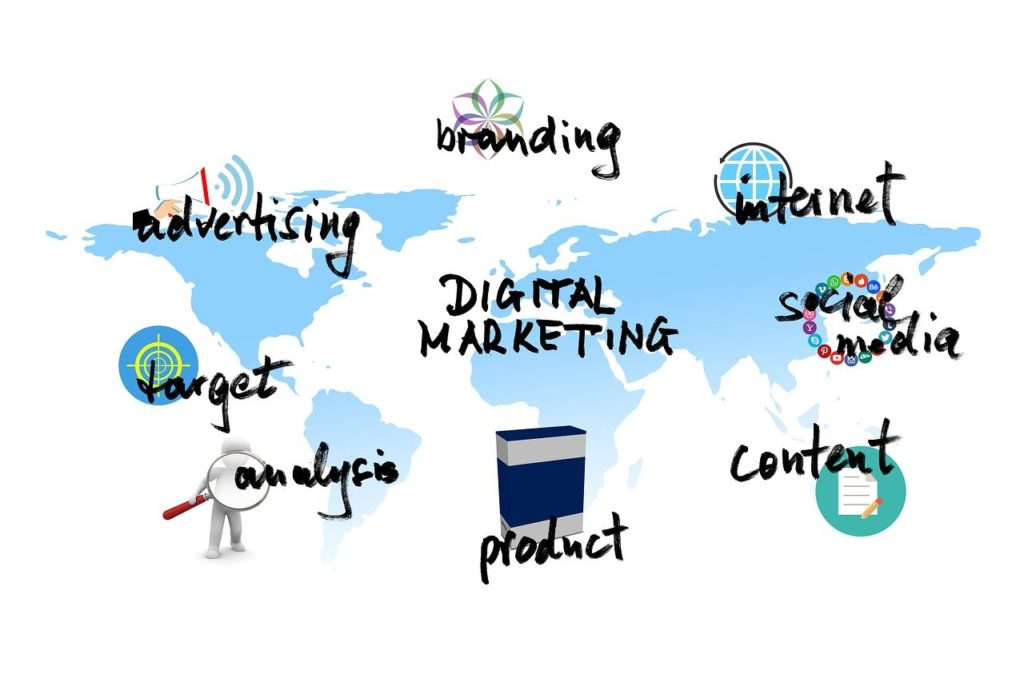Marketing Your Small Business on a Tight Budget

Marketing Your Small Business on a Tight Budget: Maximizing ROI and Cost-Effectiveness
Title: Marketing Your Small Business on a Tight Budget: Maximizing ROI and Cost-Effectiveness
Table of Contents:
- Introduction
- The Importance of a Solid Marketing Strategy
- Leveraging Digital Marketing for Cost-Efficiency a. Social Media Marketing b. Email Marketing c. Content Marketing d. Search Engine Optimization (SEO)
- Harnessing the Power of Local Marketing a. Google My Business Optimization b. Local Partnerships and Networking c. Community Engagement
- Measuring ROI and Adjusting Your Strategy
- Conclusion
1. Introduction
Running a small business often means dealing with tight budgets, but that doesn’t mean you can’t have an effective marketing strategy. In this guide, we’ll explore how to market your small business on a limited budget while focusing on maximizing ROI and cost-effectiveness. With the right approach, you can make every marketing dollar count.
2. The Importance of a Solid Marketing Strategy
Having a well-defined marketing strategy is essential for any business, big or small. It sets the foundation for reaching your target audience, increasing brand visibility, and, most importantly, generating revenue. A strategic approach is the key to making the most of your limited budget.
3. Leveraging Digital Marketing for Cost-Efficiency
a. Social Media Marketing
Social media platforms offer a cost-effective way to reach a wide audience. Create engaging content, interact with your followers, and use analytics to refine your strategy. Social media advertising can be particularly cost-effective, allowing you to target specific demographics.
b. Email Marketing
Email marketing remains a powerful tool for small businesses. Build an email list and send targeted campaigns. Many email marketing platforms offer free or low-cost plans for smaller lists.
c. Content Marketing
Quality content can drive organic traffic to your website. Create blog posts, videos, or infographics that provide value to your audience. Optimize your content for search engines (SEO) to improve visibility.
d. Search Engine Optimization (SEO)
Invest time in optimizing your website for search engines. Focus on local SEO to ensure you’re found by people in your area. Use free or low-cost SEO tools to help you identify keywords and track your progress.
4. Harnessing the Power of Local Marketing
a. Google My Business Optimization
Optimizing your Google My Business (GMB) listing is crucial for local businesses. Claim and verify your listing, complete all details, and encourage customers to leave reviews. A well-optimized GMB profile can significantly boost your local visibility.
b. Local Partnerships and Networking
Build relationships with other local businesses. Partnering for joint promotions or events can expand your reach without breaking the bank. Attend local networking events and join business associations to connect with potential partners.
c. Community Engagement
Engage with your local community through sponsorships, volunteer work, or participating in local events. Positive community involvement can lead to word-of-mouth referrals and loyal customers.
5. Measuring ROI and Adjusting Your Strategy
Track the performance of your marketing efforts diligently. Use analytics tools to measure website traffic, email campaign open rates, social media engagement, and conversion rates. Calculate the ROI for each marketing channel and adjust your strategy accordingly. Focus your resources on the strategies that deliver the best results.
6. Conclusion
Marketing your small business on a tight budget is not only possible but can also be highly effective when done strategically. By leveraging digital marketing, optimizing your online presence, and engaging with your local community, you can maximize your ROI and achieve cost-effectiveness. Remember that the key is to monitor your efforts, adapt to changing circumstances, and keep refining your strategy to ensure continued success for your small business.
